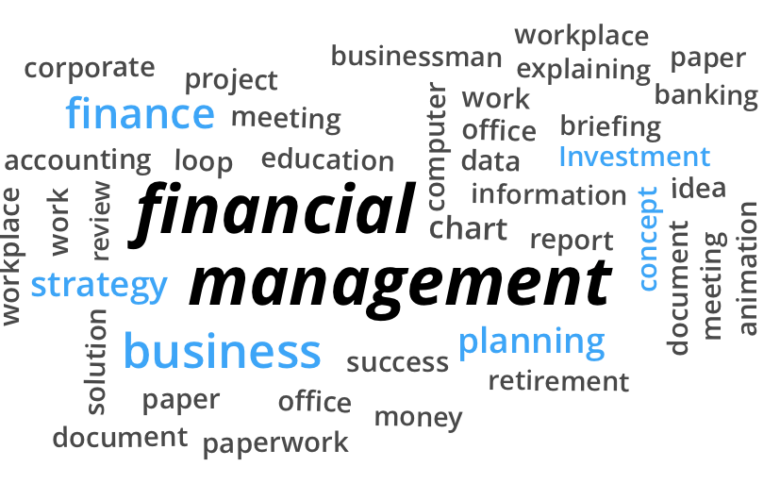Many web surfers will not think twice about abandoning a site that takes ages to load. Studies have shown that more than 80% of online shoppers vow not to use the services of a particular site that is sluggish. Ultimately, sites with slow load time lose potential readers, page views, ad impressions, click-throughs and conversions. Google even uses site speed as one of its ranking factors. Hence, slow sites lose visibility on SERPs (search engine result pages) as well. It therefore makes sense to improve site performance in order to beat your competition.
You can improve website-loading speeds either on your own or by involving the services of a professional web developer. If you want to talk to a web design expert to help you with this matter, a good place to start would be by visiting http://www.saberlightdigital.co.uk/. In this post, however, we learn about some DIY tips and a few technical tricks that can help you improve load speeds for your website.
Optimize Pictures
Flashy images and slide shows make a website aesthetically pleasing. However, large images are bulky and take time to load. They tend to hamper load times on a webpage. If you have to use images on your website, compress them so that they can load faster.
Fortunately, there are many image compression tools from which to choose. OptiPNG is a versatile tool that can compress PNG, GIF and other picture formats. The help files that come with this tool provide source code instructions, which you can use to create a command line that automatically optimizes all images in a particular directory. Tiny PNG and WP Smush.it are other alternatives you can use to compress images for your website.
Apart from compression, another way to optimize images on your website is lazy loading. This programming concept only loads images on sections that are currently visible on the screen, while other images load as you scroll down the page. You can use this trick by installing the jQuery Image Lazy Load WordPress plug-in.
Install a Caching Plug-in
Caching is a great way to make sites load faster. It involves storing fragments of a website so that it does not load every time repeat visitors come back. You can use the W3 Total Cache for WordPress sites for this task. WP Super Cache is another excellent caching tool that is very easy to use.
Cut Down on JavaScript and jQuery
JavaScript and jQuery are great for writing website code, but these tools take up a lot of memory and slow load times. The fewer JavaScripts and jQueries your website code runs, the better. Try to optimize these scripts as much as possible by making the code simpler and avoiding redundancies.
Reduce HTTP Requests
When people try to load your website, they send http requests from their browsers to the host server. These requests fetch files like images, CSS, library references and JavaScript. The more requests visitors have to send to view your website, the slower it takes to load. Combining web files such as scripts and CSS can reduce http requests and execution time, thus helping your website to load faster. With the W3 Total Cache, you can combine CSS and JavaScript files with ease.
Optimizing images, reducing http requests, simplifying code scripts and caching are not the only ways to increase site speed. Talk to a professional web developer and learn more about technical tweaks you can deploy to speed up pages on your website.





